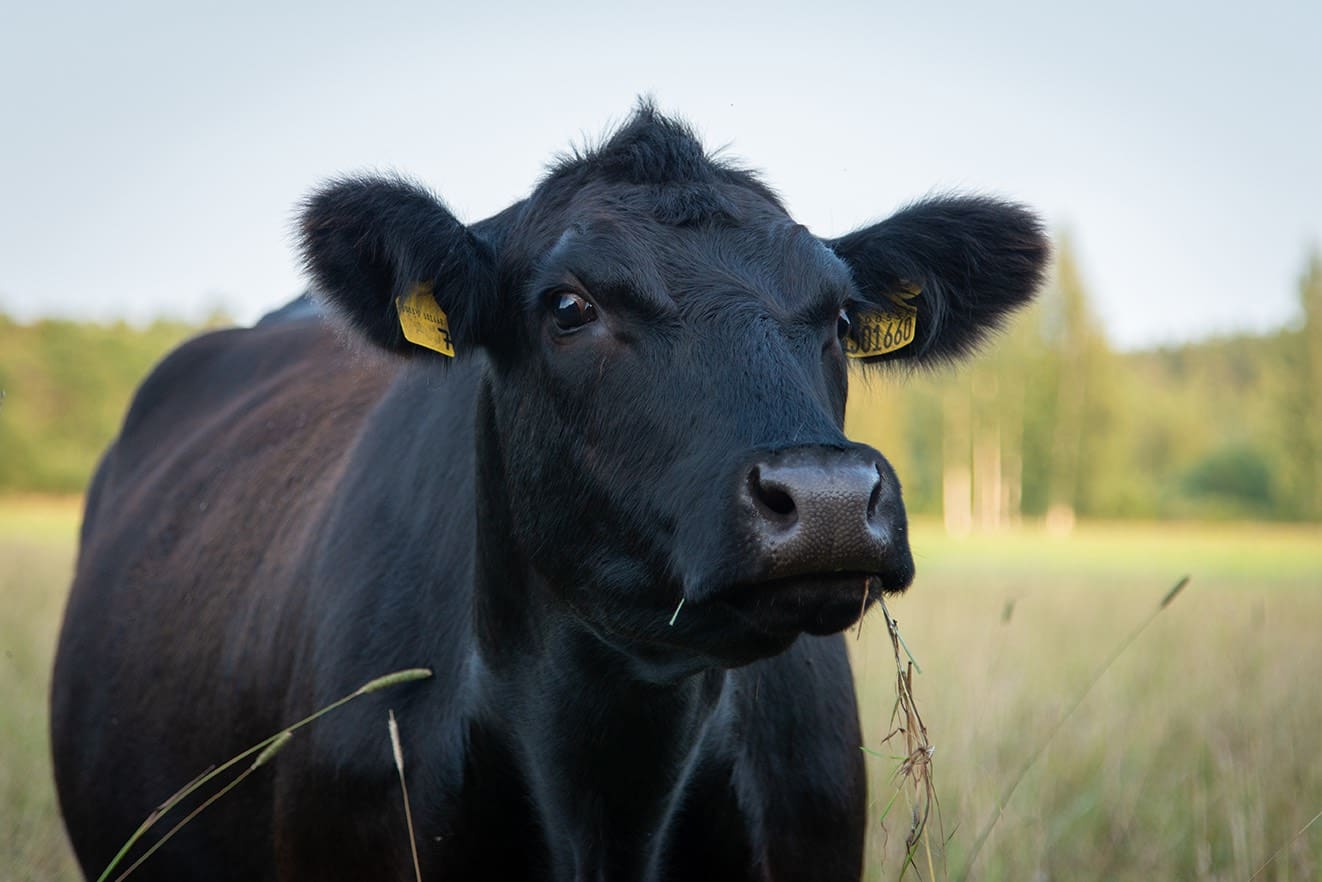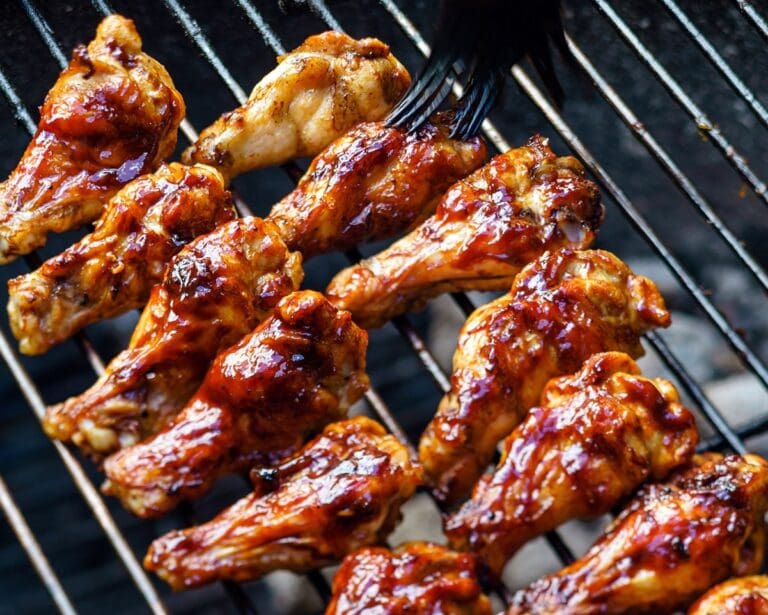Sockeye market dynamics amid supply fluctuations and size variability
Sockeye prices are rising due to diminishing supply, driven by reduced landings from Alaska and smaller fish sizes. The average weight of sockeye is currently 4.2 pounds, marking only the lowest in 20 years and only the fourth time in that span that the average has dropped below 5 pounds, with previous instances occurring in 2018, 2020, and 2021. This combination of lower landings and smaller fish exerts upward pressure on prices, as the reduced supply struggles to meet market demand.
The impact of the decreased supply is clear, with notable price increases compared to previous years which had both larger runs and a larger average fish size. However, while Bristol Bay, the largest producer of Alaskan sockeye, experienced a decline in overall production this year, the second and third-largest suppliers saw significant increases. Cook Inlet experienced a 14% year-over-year increase, while Prince William Sound (PWS) saw a 60% increase. Despite Bristol Bay’s output being approximately six times that of Cook Inlet and PWS combined, the increased landings from these areas, especially from the Copper River, have somewhat offset the overall decline in landings in Alaska. The Copper River district reported a 61% increase in landings over the past year through week 31 and a 117% increase over the five-year average, making it one of the largest runs in recent history.
Pricing around the peak landings of Copper River was lower compared to last year and the three-year average. However, as the supply diminished, prices rose, closing the year slightly higher and leading to the removal of price quotations until the start of the 2025 season. Much of the remaining fish from the Copper River is priced according to typical PWS rates rather than the premium associated with Copper River sockeye.
This year’s sockeye salmon market underscores the delicate balance between supply shortages and pricing dynamics. Despite decreased landings in major production areas like Bristol Bay, increased outputs from other regions have partially offset the overall decrease in supply. As the fresh season winds down, the focus is shifting to securing frozen inventories, which will add another layer of complexity to supply and demand interactions, influencing pricing and availability for the upcoming period.
All-time high prices for US veal carcasses
Since data collection began in 1994, prices for the UB Hide-off Veal Carcasses in the Northeast have reached record highs, with the current quotation at $480-500/cwt this week. Higher calf costs, driven by increased bidding for calves entering the feed cycle, have impacted carcass prices. Strong demand for boneless beef products, combined with reduced cow supplies, has led to significant increases in veal prices, contributing to their all-time high price points that have been steadily climbing since 2020.
When analyzing the Special Fed Veal Slaughter Total NE & NC provided by the USDA, figures have generally trended downward, from as high as 4,500 head per week in early 2020 to about 1,700 to 2,500 head per week for most of 2024. Domestic supplies of veal have decreased by more than half, underscoring its status as a niche product in the U.S. market and reflecting limited consumer demand over the years.
Australia’s July 2024 beef exports skyrocket to all-time highs
Australia’s beef and veal exports reached an all-time high of 129,998 metric tonnes (mt) in July 2024, according to the Department of Agriculture, Fisheries, and Forestry (DAFF). This figure is just shy of the 130,000 mt mark, surpassing the previous record of 123,464 mt set in May 2015 during the drought season.
The remarkable growth was driven primarily by increased demand from the undersupplied United States (US) market, which faces herd contraction issues, pushing buyers to seek more Australian beef. Exports surged by 22.5% or 23,871 mt from June 2024, with a monthly average for the year at 104,487 mt.
Year-on-year, exports rose significantly by 33.6% or 32,693 mt, reflecting strong offshore demand and larger carcass weights. Domestic demand has moderated due to the cost of living pressures, prompting processors to focus on overseas markets. Additionally, New Zealand’s reduced production due to its off-peak culling season has given Australia a competitive edge.
Despite challenges in the Chinese market due to economic concerns and competition from South American beef, Australian exports to Japan and Korea have continued to thrive. In July 2024, Australia’s total meat exports, including beef/veal, mutton, lamb, and pork, reached a record 210,014 mt.
New Zealand’s beef exports in 1H 2024, balancing China’s decline and US’s growth
In the first half of 2024, New Zealand’s beef exports totaled 287,509 metric tonnes (mt), reflecting a modest 1.5% increase from the previous year. Growth was primarily driven by higher exports to the United States (US), Canada, and Japan, while exports to China faced a significant decline.
Exports to the US surged 8.7% to 113,289 mt, capturing 39.4% of New Zealand’s total beef exports. This rise is due to reduced domestic herd sizes in the US, creating a strong demand for New Zealand’s lean grass-fed beef. The US market’s robust summer grilling season further boosted export sentiment. Exports to Japan grew 91.7% to 23,000 mt, driven by a tourism boom and a weaker yen, making New Zealand beef more competitive.
Conversely, New Zealand’s beef exports to China fell by 21.1% to 93,171 mt, as economic concerns and oversupply issues dampened demand. South American competitors and tariff reductions for Australian beef have also contributed to the decline.
Tenderloins become summer’s biggest underperformer in the beef market
As we explored earlier this summer, the summer grilling season was not kind to the tenderloin. Little has changed on that front with July now behind us and the “dog days of summer” here with the overall swoon in beef demand. At present, tenderloins sit at $11.80/lb., roughly 12.6% below this time last year. Prices are a touch higher than the five-year average, by just 2.9%.
The underperformance of the tenderloin when compared to last year has been the story throughout 2024. The summer peak to trough this year has stretched slightly longer than last year, and the 15% decline thus far outpaces the cycle last year of roughly 13%. But the silver lining is that it is nearly on par with the 3-year average decline seasonally, and thus far less than 2021 and 2022. There is still some weakness surrounding this item, so the full impact will need to be measured.
There are a few reasons to highlight the performance of tenderloins including how buyers are wary of the purchasing power of the consumer. With buyers tiptoeing around the item throughout the year, there has also been a lack of features as retailers choose to promote items like ground beef and London broils with value top of mind. As a result, supplies have consistently outpaced demand throughout the summer, even during the peak of grilling season.
Of late, the early rumblings of holiday strategy have begun to surface around these favorites. With eyes starting to shift toward the forward period and the holidays, it will be interesting to see how the tenderloin will fare as we hit the late summer and early fall.
For further insights, please watch our most recent red meat webinar replay.



